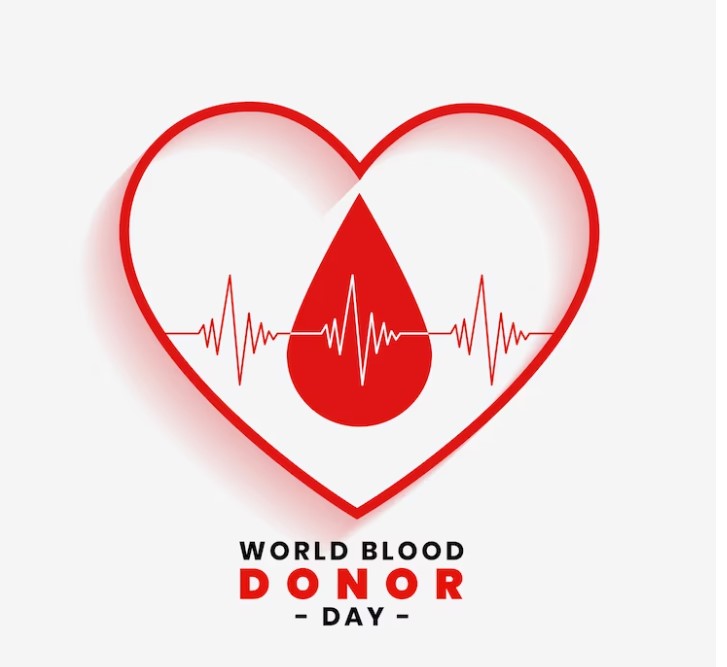Blood donation is an activity performed by blood donors to save the lives of individuals who require blood. Any living body needs blood for survival. Blood can neither be manufactured nor created artificially because it is produced in the living body. It is observed that the 14th of June of every year is marked as World Blood Donor Day to promote the blood donation drive and the human urge to save the lives of those who are in need. World Blood Donor Day is a day to raise awareness, donate and contribute different types of blood products to organizations and hospitals that voluntarily aim to save the lives of the people. Blood donors are those who contribute to this great endeavour by providing essential blood.
World Blood Donor Day was created by the World Health Organisation (WHO) and the International Federation of Red Cross and Red Crescent Societies (IFRC) to raise awareness of the demand for and use of blood products around the world. The percentage of blood donors has increased as a result of this program.
Let’s explore the startling truths regarding the life-saving component of blood on this auspicious occasion.
Blood Cells Have Various Lifespans
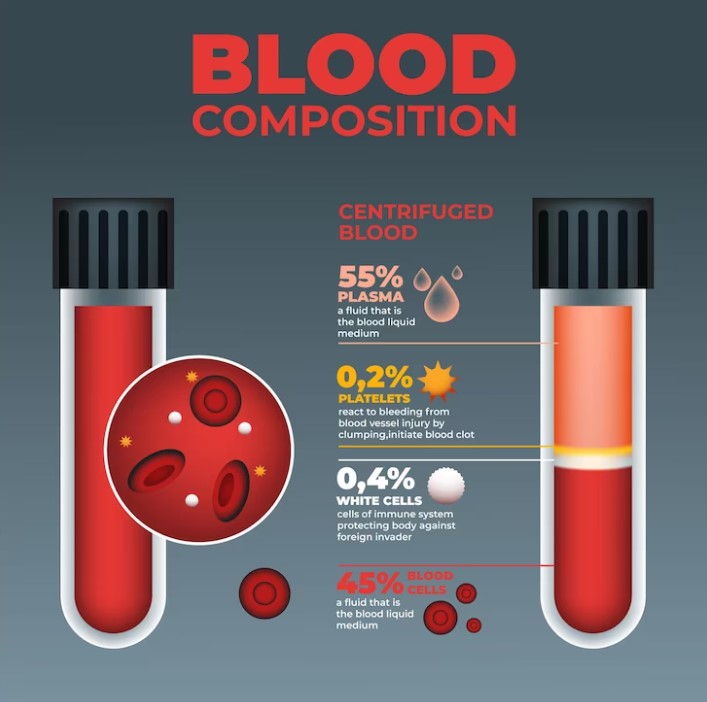
The mature blood cells in the human body have a different life span. This life span depends on the blood life cycle that a human body follows. The red blood cells that carry oxygen from the lungs to the rest of the human body last for about 4 months and then it reconstructs. The platelets last for around 7 to 10 days. Platelets are produced by megakaryocytes (MKs), mostly in the bone marrow. Additionally, the white blood cells that protect the body against infection are developed after every few hours to several days. Several blood donation centres offer the option to donate plasma, platelets, WBC and RBC. The eligibility criteria for blood donors depend on certain procedures to facilitate the collection of blood products.
Blood Type Variation
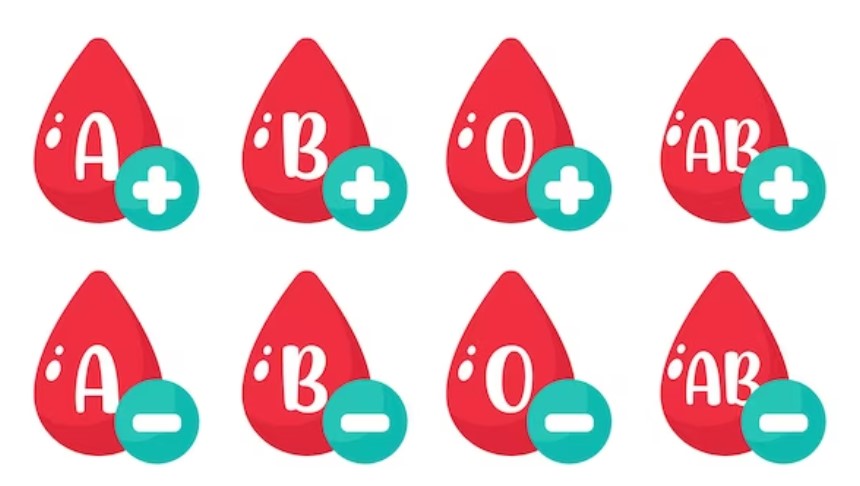
The human body contains about 4.5-5.5 litres of blood. These blood cells are classified into different types based on the presence as well as the absence of antigens on the red blood cells. Blood types A, B, AB, and O are the most prevalent. There are, however, more than 30 recognised blood group systems, which help to produce a large number of different blood type combinations. The blood donor should always donate the blood product to a verified blood centre or blood bank.
The Need for White Blood Cells During Pregnancy
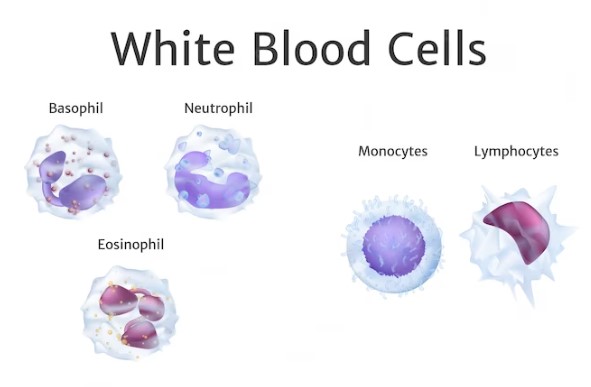
It is widely accepted that white blood cells in the human body serve as defences against all types of illnesses. WBCs are crucial for preserving the body’s immunity. But did you know that white blood cells are an essential blood component that aids in the body’s ability to become pregnant? Macrophages are a particular type of white blood cell that aids in the promotion of pregnancy. The tissues of the reproductive system contain a lot of macrophages. Macrophages aid in the ovary’s formation of blood channel networks, which is necessary for the hormone progesterone production. The implantation of an embryo in the uterus depends on progesterone.
Not all blood is red.
Although human blood is red, there are millions of other species with diverse blood colours. While crustaceans, spiders, squid, and octopuses have blue blood, other marine creatures have violet blood. Leeches and worms, on the other hand, have green blood. Blood of insects like beetles and butterflies is a light-yellow colour. In many species, the respiratory pigment that carries oxygen to the cells through the circulatory system also determines the colour of the blood.
Universal Donors and Recipients
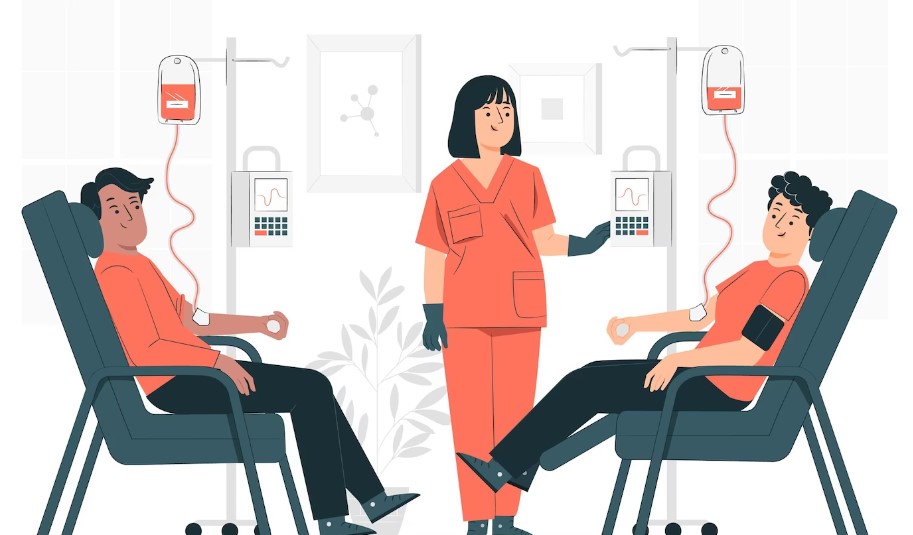
We were aware of the variety of human blood and products. There are about 30 known blood type combinations in the human body. People with type negative (O-) blood are regarded as the most universal blood donors out of all the blood types. Any blood group can receive transfusions from someone with O negative blood. Besides O -, a person with the AB positive blood group (AB +ve) is a universal donor and can receive blood from any blood group donor.
These are just a few fascinating blood-related facts. Understanding the intricacies and purposes of this fluid that keeps us alive can help us appreciate the miracles it works inside our bodies even more.
